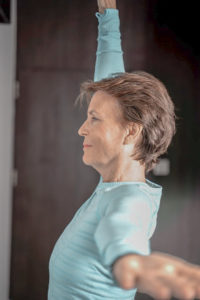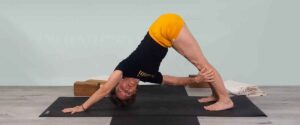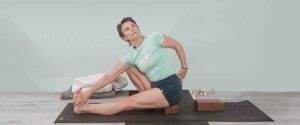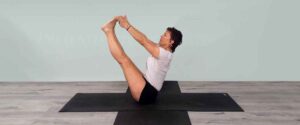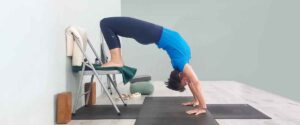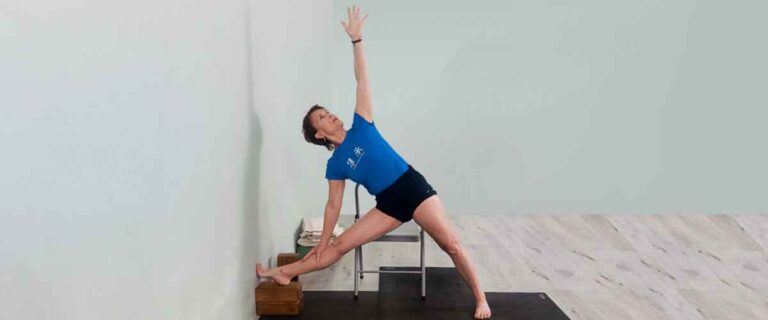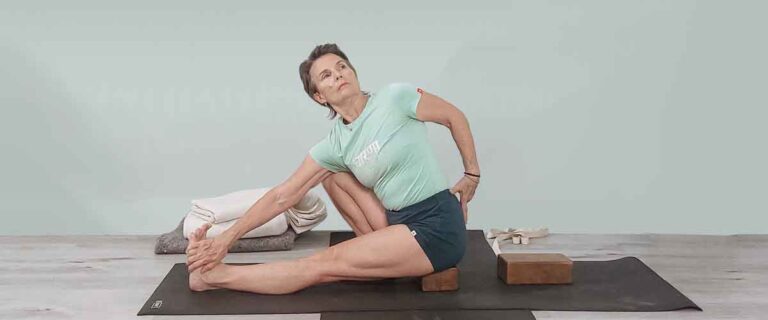Combining a restorative practice with pranayama can have multiple benefits for the body and mind.
Restorative postures relax the nervous system and promote a deep release, making them particularly helpful for those experiencing stress or anxiety. Practicing pranayama improves the respiratory system’s function and promotes healthy breathing habits, which can improve lung capacity and reduce stress and anxiety.
Pranayama is considered a powerful tool for connecting the body and self, generating energy, and promoting inner awareness and peace. Combining a quiet restorative practice with pranayama allows practitioners to tap into the benefits of both practices. Restorative poses create a more receptive environment for pranayama practice, while pranayama techniques deepen the effects of restorative poses, promoting relaxation, rejuvenation, and greater inner awareness. This synergy can create a powerful effect, supporting overall health and vitality.
As B.K.S. Iyengar notes, the rhythmic movements of inhalation, retention, and exhalation of breath can help to still the mind by withdrawing the senses, allowing practitioners to access a deeper level of consciousness and inner calm.
Poses in this sequence
Uuiji 1 Observation of the breath
Supta Baddha konasana
Supported Forward Virasana
Viparita Karani
Viparita Karani with 2 bolsters for more height
Supta Baddha Konasana/ bolster support
Setu Bandha Sarvangasana legs wide with horizontal support
Suppta Baddha Konasana / Bolster support
Savasana w/ blanket support and strap for legs
Uuiji Breath Continued Observation
w/ balance / regulation of Inhalation and exhalation
Ujjiya 11 / Extended exhalation / with normal breathing interspersed
Breath awareness
Uuije 111, extended inhalation
Extended inhalation and exhalation Ujjayi 4
Savasana on minimal support.



